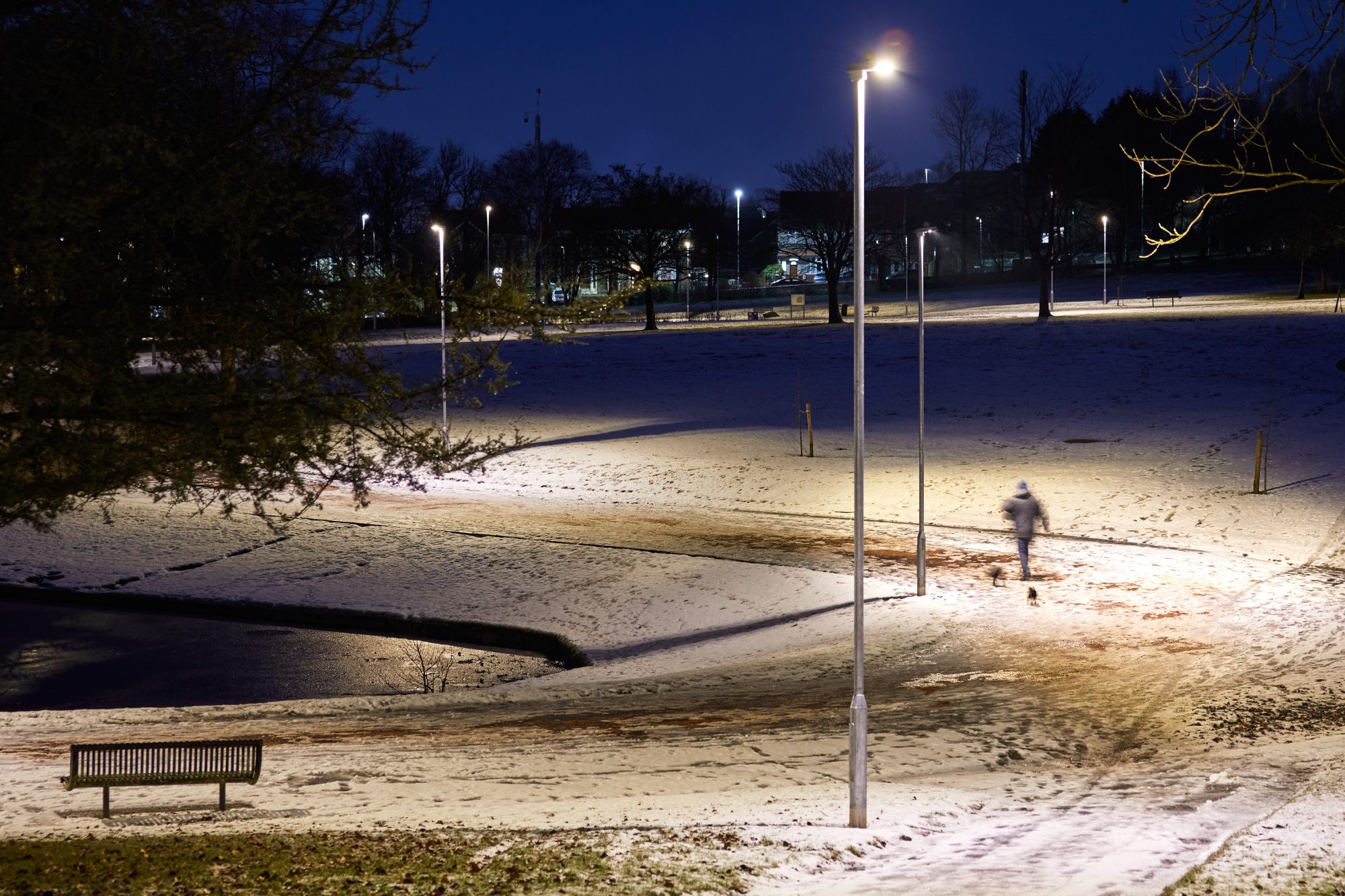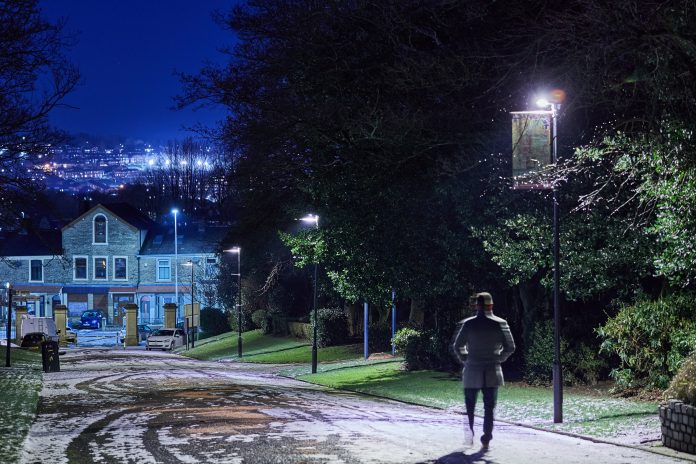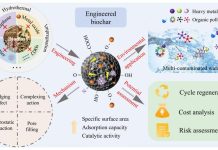Urbis Schréder guide us through the concept of interoperable smart lighting, which seeks to create a sustainable urban ecosystem
With energy prices relentlessly rising, there has never been a better time for the government and local authorities to reduce overhead costs and increase energy savings. As Gary Bennett, Regional Director (UK and Ireland) of Urbis Schréder, states, “Urbis are introducing not just lighting but offering additional services, helping customers reduce their carbon footprint and take control of their lighting solutions.”
Lighting has changed significantly over the past 50 years. With the advancing technology, we can now introduce control management systems, like Schréder’s EXEDRA, which enable our customers to collect real-time data and have fingertip 24-hour control over their lighting schemes, either in isolation or as a whole.
A well-planned, connected lighting solution can significantly reduce your carbon footprint and energy use – by up to 85% vs. traditional sources – while also reducing operational and maintenance costs. However, we not only help our clients achieve all the above, but we also help them maintain their journey towards Net Zero and decarbonisation.
The SMART choice for urban lighting management
At Urbis Schréder, we believe every smart system, no matter which company supplies it or which customer uses it, should be SMART:
Simple
Modular
Automation-driven
Resilient and
Trustable
That is why we have built Schréder EXEDRA on this foundation: to provide towns and cities with a Central Management System (CMS) that optimises connected lighting and related infrastructure. We know how important it is for towns and cities to invest public funds in infrastructure that delivers operational benefits, meets sustainability and decarbonisation targets, and improves services to offer citizens a better quality of life.
Schréder’s Exedra offers a unique combination of state-of-the-art technology and an easy-to-use web interface to control each luminaire at all times through a secure internet connection. This allows you to monitor, meter, and manage a lighting network remotely.
Dynamic control for energy conservation and safety
Connected lighting is a logical building block for smart city infrastructure, but the challenge is that we’re currently at the start of a journey whose destination is not yet clear.
Energy conservation is the key to ensuring we keep the lights on and citizens safe. We should move to a dynamic control solution that ensures authorities can alter light levels where required rather than lighting up empty spaces. This, consequently, will balance the energy savings that moved local authorities to LED lighting and create a pathway to energy conservation that will not only help protect against inflationary challenges but also provide smarter services that benefit them in the long run.
Only 40% of local authorities moved to control when their ‘LEDification’ started, so this is a real opportunity to continue decarbonising and enhancing their spaces and places strategies.
Queen’s Park, Blackburn case study
Built in 1887, Queen’s Park is a historic green space situated between Royal Blackburn Hospital and the southeast of town. This park has long been a vital corridor for pedestrians and cyclists, but its unlit paths at night have become a magnet for crime and antisocial behaviour. Recognising the need for a safer environment, Blackburn Council secured £750,000 from the government’s Safer Streets Fund, allocating a portion of this grant to install smart street lighting in Queen’s Park.
Cost-effective AXIA EVO lanterns were installed to adhere to budget constraints while delivering effective lighting. These lanterns use 3000K (warm white) LEDs, providing a welcoming and traditional atmosphere that also supports the park’s ecosystem, as warmer light temperatures are less disruptive to wildlife. Moreover, these lanterns have an upward light output ratio of 0%, helping to protect our dark skies by minimising sky glow.

Maximising energy efficiency with adaptive technology
Each lantern is equipped with 7 PIN NEMA sockets, enabling remote connectivity and control. The integration of the EXEDRA control management system further reduces energy consumption and operational costs, enhancing the project’s sustainability. This system allows the council to manage the lighting remotely, providing flexibility and efficiency.
The smart lanterns are designed to operate at 20% output, increasing to 100% when presence is detected. This adaptive lighting approach not only conserves energy but also encourages park use by providing adequate lighting when needed. Additionally, photocells deactivate the lanterns when natural daylight is sufficient, further optimising energy use.
With the EXEDRA system, the council can easily adjust dimming schedules via mobile devices, making the lighting system highly flexible and responsive. These lighting points are also future-proofed, serving as platforms for additional digital services and benefits through the EXEDRA interface.
With the implementation of this sustainable, smart lighting solution, Queens Park has undergone a remarkable transformation. It now emerges as a safer and more welcoming environment for the community. Pedestrians and cyclists can now navigate the park with confidence, even after nightfall.
To talk to us about how we can help YOU transform spaces and places, get in touch at logic@urbis-schreder.com
Urbis Schréder
Tel: +44 (0)1256 354 446
logic@urbis-schreder.com
https://uk.schreder.com/en
Twitter
LinkedIn

This work is licensed under Creative Commons Attribution-NonCommercial-NoDerivatives 4.0 International.











